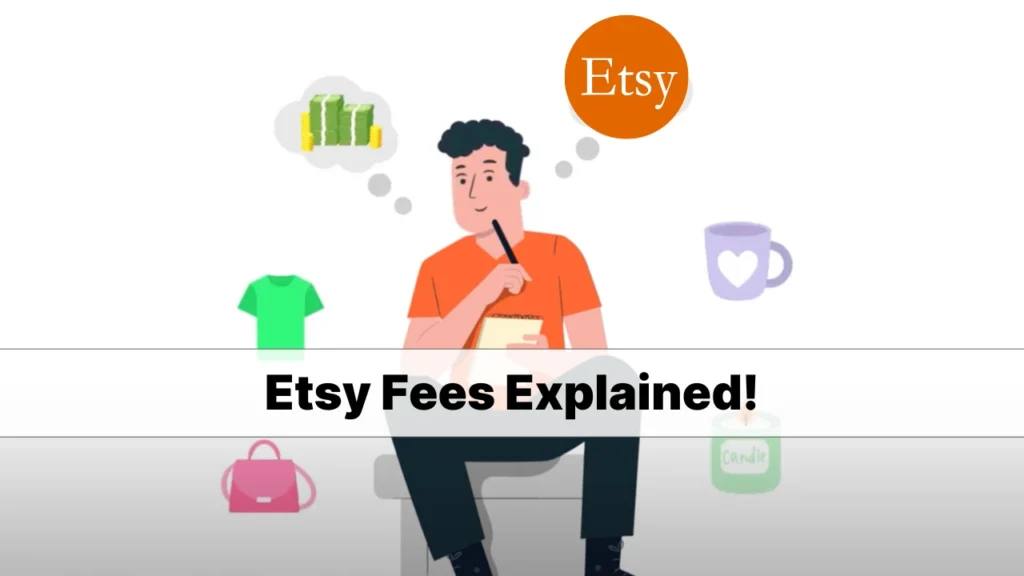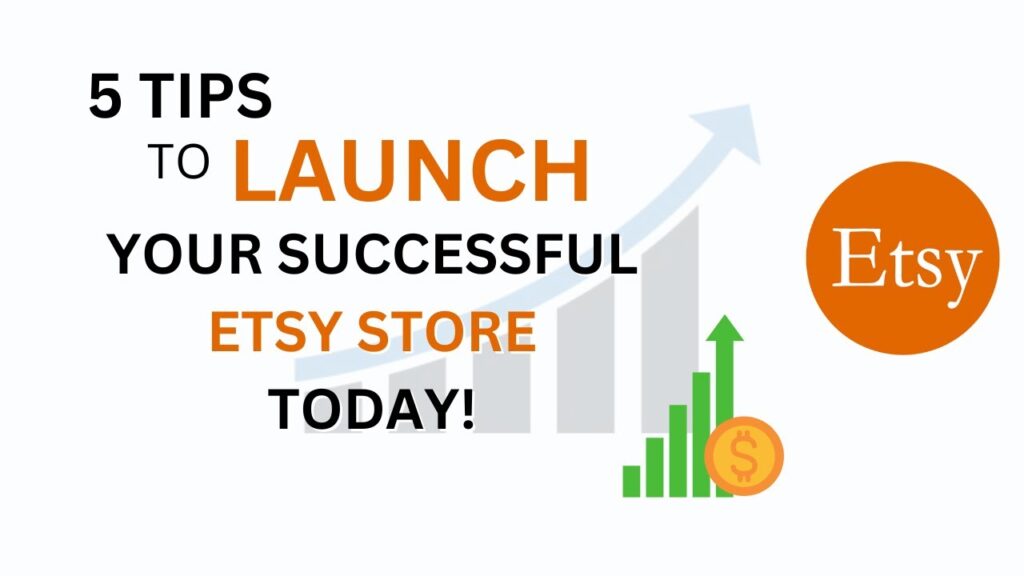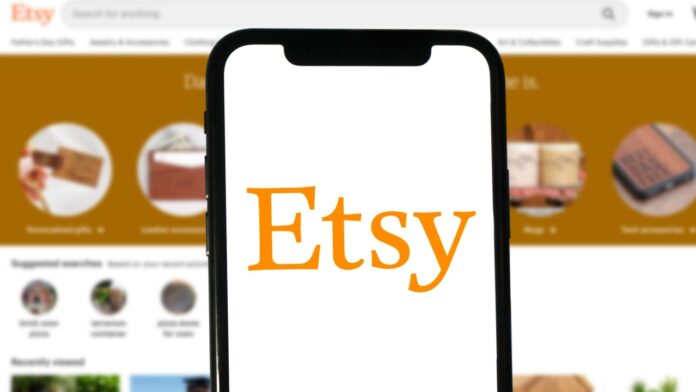Etsy is the perfect platform for creative people and artisans to share their handmade, vintage, or unique items with a global audience. Whether you’re a skilled crafter, dreaming of running your own business, or simply love curating vintage finds, Etsy makes it easy to turn your passion into a successful venture.
Setting up an Etsy shop is simple, but building a successful one takes effort. You’ll need a clear plan, an understanding of Etsy’s fees, and smart strategies to attract and retain customers. This guide will walk you through everything you need to know—from creating your shop to breaking down the costs and sharing practical tips to help you succeed.
1. What is Etsy and Why Should You Sell There?
Etsy is a global online marketplace that connects buyers with sellers offering handmade goods, vintage items (20 years or older), and craft supplies. It’s particularly popular with consumers looking for unique, personalized, or artisanal products that aren’t easily found on mainstream retail platforms.
Why Choose Etsy?
- Targeted Audience: Etsy’s customers specifically seek handmade and unique items, making it ideal for creative sellers.
- Ease of Use: The platform is user-friendly, allowing you to set up and manage your shop with minimal technical knowledge.
- Global Reach: With millions of active buyers, Etsy gives your products exposure to a worldwide audience.
- Built-in Community: Etsy fosters a supportive environment, offering forums, seller resources, and tools to help you succeed.
2. Preparing to Open Your Etsy Shop

Before diving into the setup process, there are a few steps you should take to ensure a smooth start:
Define Your Niche
Etsy thrives on specialization. Instead of trying to appeal to everyone, focus on a specific niche that aligns with your skills and passions. For example, you might sell handmade jewelry, custom pet portraits, vintage clothing, or eco-friendly candles.
Research the Market
Analyze other Etsy sellers in your niche to understand what works. Study their product offerings, pricing strategies, customer reviews, and branding to identify trends and gaps you can fill.
Create a Business Plan
Although Etsy is a casual platform for some, treating your shop like a business can significantly improve your chances of success. Outline your goals, target audience, pricing strategy, and marketing approach in a simple business plan.
3. How to Create an Etsy Shop: A Step-by-Step Guide

Step 1: Create an Etsy Account
To get started, visit Website and click “Sign In” or “Get Started.” If you don’t already have an account, you’ll need to sign up using your email address, Google, Facebook, or Apple ID.
Step 2: Set Up Your Shop Preferences
After logging in, click “Sell on Etsy” and select “Open Your Etsy Shop.” You’ll be prompted to choose your shop’s default language, currency, and country. Make sure these settings align with your target audience and market.
Step 3: Choose a Shop Name
Your shop name is your brand identity, so choose something memorable, unique, and reflective of your products. Verify that your desired name is available before proceeding.
Step 4: Add Listings
Adding listings is where your shop starts to take shape. For each product, you’ll need:
- Photos: Upload high-quality images showcasing your product from multiple angles. Natural lighting and clean backgrounds work best.
- Title: Create a descriptive title that includes relevant keywords buyers might use to search for your product.
- Description: Write detailed descriptions that highlight the product’s features, benefits, and uses. Include sizing, materials, and care instructions if applicable.
- Shipping Details: Specify the processing time, shipping carrier, and rates for domestic and international customers.
Step 5: Set Up Payment Options
Etsy offers multiple payment options, including credit/debit cards, PayPal, Etsy Gift Cards, and Apple Pay.
Step 6: Configure Shop Policies
Clearly outline your policies for shipping, returns, and exchanges. Transparency builds trust with potential buyers and reduces misunderstandings.
Step 7: Customize Your Shop
Add a logo and banner to establish your shop’s branding. Write a compelling “About” section to share your story, passion, and inspiration behind your products. This personal touch can resonate with buyers and encourage them to support your shop.
Step 8: Launch Your Shop
Review everything to ensure accuracy and completeness, then click “Open Your Shop.” Congratulations! Your Etsy shop is now live.
4. Understanding Etsy Fees

Etsy charges various fees that you should factor into your pricing strategy to ensure profitability:
- Listing Fee: $0.20 per item listed.
- Payment Processing Fee: This varies by country. In the U.S., it’s 3% + $0.25 per transaction.
- Advertising Fees: If you opt into Etsy Ads or Offsite Ads, you’ll pay an additional fee (usually 12-15% for Offsite Ads).
Example: If you sell an item for $50, including $5 shipping, your fees would look like this:
- Listing Fee: $0.20
- Transaction Fee: $3.25 (6.5% of $50)
- Payment Processing Fee: $1.75 (3% + $0.25)
- Total Fees: $5.20
5. Tips for a Successful Etsy Shop

Optimize Your Listings for Search (SEO)
Etsy’s search algorithm favors listings with relevant keywords, so include these in your product titles, descriptions, and tags.
Focus on Quality
Invest time and effort into creating high-quality products. Buyers on Etsy are willing to pay a premium for unique, well-crafted items.
Engage with Your Customers
Respond to inquiries promptly, be courteous, and provide excellent customer service.
Use Social Media for Marketing
Promote your shop on platforms like Instagram, Pinterest, and TikTok. Share behind-the-scenes content, product launches, and customer testimonials to attract followers and drive traffic to your shop.
Experiment and Adapt
Monitor your shop’s performance using Etsy’s analytics tools. Identify which products are performing well and adjust your strategies accordingly. Test different pricing, photos, and descriptions to find what works best.
6. Challenges and How to Overcome Them
- Standing Out in a Crowded Market: Focus on your unique selling proposition (USP) to differentiate yourself from competitors.
- Managing Time and Inventory: Use tools like Etsy’s inventory management features to stay organized.
- Pricing for Profit: Calculate all costs, including materials, labor, and fees, to ensure you’re pricing your products for a sustainable profit.
7. Resources to Help You Succeed
- Etsy Seller Handbook: A comprehensive guide covering everything from marketing tips to legal considerations.
- Etsy Forums: Connect with other sellers for advice, support, and inspiration.
- Etsy Seller App: Manage your shop on the go with this convenient mobile app.







